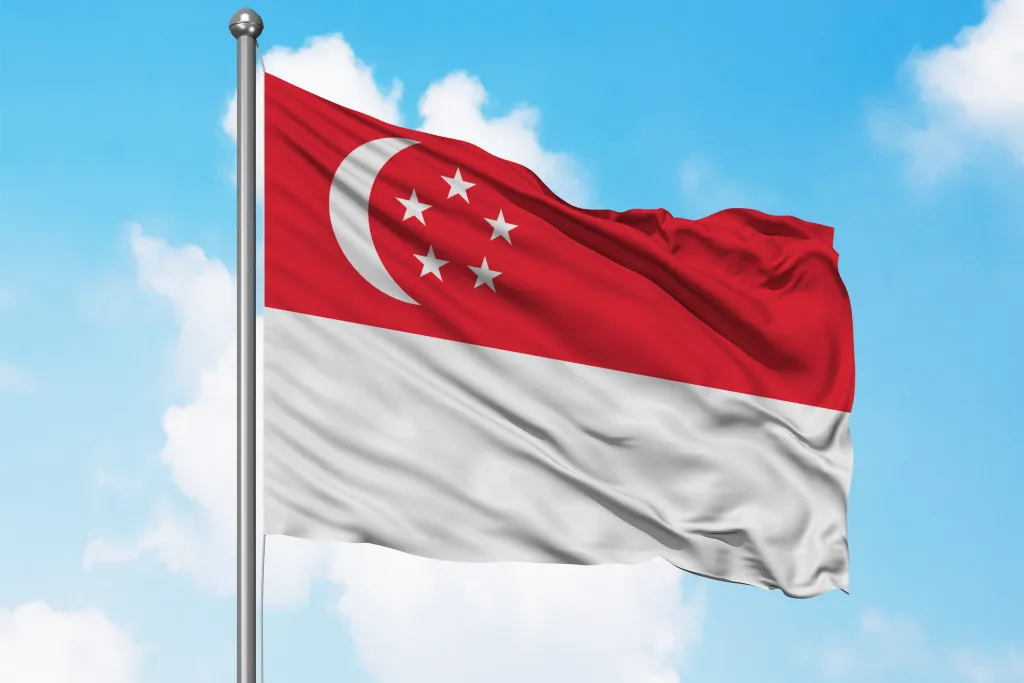How Singapore Became an Economic Powerhouse
Singapore's transformation into an economic power is no miracle—it’s the result of visionary leadership, bold reforms, and smart investments in people and infrastructure.

Insights from Charlotte L. Robertson and Mattias E. Fibiger.
Available at Harvard Business Review (HBR) Store.
Singapore’s journey from poverty and political uncertainty to becoming one of the world’s most competitive economies is one of the greatest development success stories of the modern era. In the HBR article Singapore: From Third World to First, readers gain detailed insight into the strategic decisions that turned this tiny island into a global hub for trade, finance, and innovation.
Bold Leadership Rooted in Meritocracy
At the heart of Singapore’s rise is Lee Kuan Yew, whose leadership focused on integrity, pragmatism, and results. As noted in the HBR case study, his government was built on meritocratic principles and clean governance, which earned investor trust and empowered long-term policy planning.
Leveraging Trade and Geography
Positioned along vital shipping lanes, Singapore used its strategic location to become a global trade and logistics hub. The government introduced free trade agreements, reduced tariffs, and created one of the most open economies in the world, as emphasized in the case.
Human Capital as National Wealth
Without natural resources, Singapore turned to its people. The education system was overhauled to prioritize Science, Technology, Engineering, and Math (STEM) fields, bilingual education, and international competitiveness. The case study underlines how Singapore consistently invested in workforce development, helping it stay agile in the face of global shifts.
Pro-Business Policies and Global Investment Appeal
Singapore's government ensured that the private sector would thrive through low corporate taxes, transparent regulation, and Intellectual Property (IP) protection. As detailed in From Third World to First, the nation became a magnet for Foreign Direct Investment (FDI) and multinational corporations seeking a secure base in Asia.
Diversified and Future-Oriented Economy
From manufacturing to biotech, fintech, and digital infrastructure, Singapore continues to reinvent itself. The HBR article shows how strategic government investment in Research and Development, smart cities, and innovation hubs kept the country ahead of the curve.
Infrastructure and Urban Resilience
Singapore is known for its world-class infrastructure—Changi Airport, Mass Rapid Transit (MRT) system, and high-speed connectivity. But the case also details how urban planning was deeply integrated with environmental sustainability and livability, setting a global benchmark.
Talent Attraction and National Identity
The case explores how Singapore opened its doors to global talent while carefully preserving national identity and social cohesion. This balance has helped Singapore remain a magnet for entrepreneurs, researchers, and skilled professionals.
Lessons for Global Leaders
As highlighted in the HBR’s Singapore: From Third World to First, the country’s transformation is a blueprint for what’s possible with visionary leadership, public-private collaboration, and long-term investment in people and infrastructure.
For emerging markets and forward-thinking governments, Singapore’s model remains not just relevant—but essential reading.




